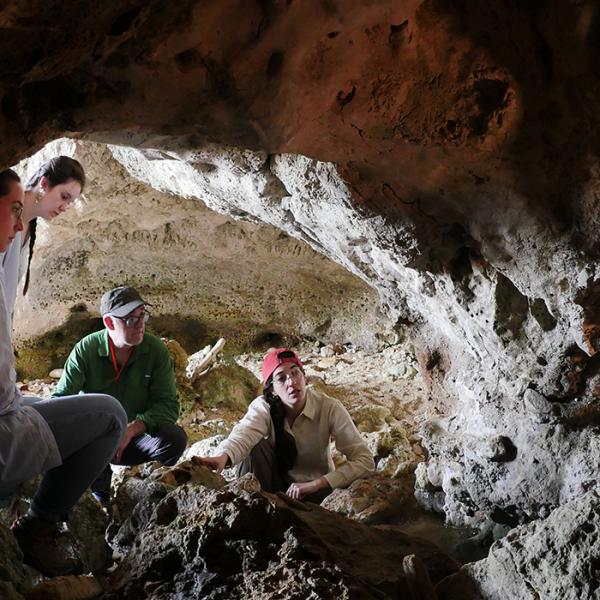The National Science Foundation recently awarded Xinyi Liu and colleagues the funds to research the origins and spread of millet cultivation. Liu, along with Michael Frachetti, Alexander Bradley, and post-doctoral research fellow Rachel Reid, will head the project to test hypotheses about the consumption and spread of millet.
Project Abstract
This project considers two of the ecologically hardiest of cereal crops: broomcorn (Panicum miliaceum) and foxtail millet (Setaria italica). Today, these two minor cereals are consumed less frequently, thereby attracting little scientific attention, however they were once among the most expansive food crops in geographical terms, with a center of origin in northern China and spreading to India and Europe in prehistory. Using a multidisciplinary approach, we seek answers to two questions: when did millet first become a staple food for human consumption? and when and how did millet cultivation expand from its place of origin in north China to Central and South Asia? The ecological merits of the two millets under investigation make them particularly important in the context of food security in modern systems in their capacity to grow in marginal areas. Understanding the history of these two drought hardy species can also raise awareness of their capacity for future utility.




